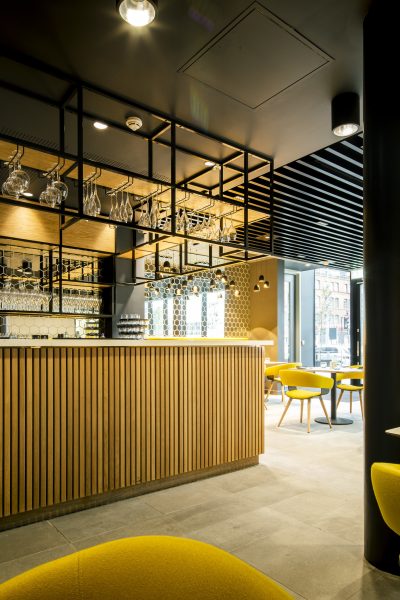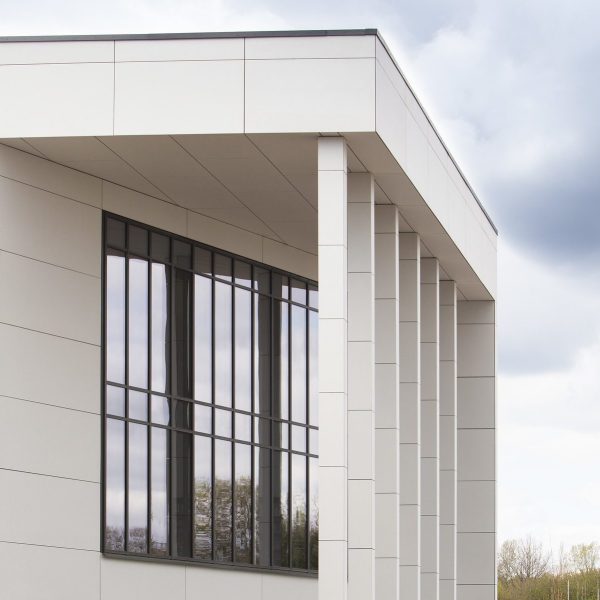
UCEN Manchester
As part of a strategic redevelopment, The Manchester College embarked on a major redevelopment to consolidate multiple campuses into five key sites, with the flagship City Centre campus at its heart.
Designed in collaboration with SimpsonHaugh, this £55.6m, 18,350m² facility serves as a cutting-edge hub for digital and creative industries.
The project combines modern educational needs with Manchester’s industrial heritage, offering adaptable spaces and advanced facilities. Focused on community integration, the campus enhances local culture and economy while embodying a strong commitment to sustainability.
This transformation not only supports the College’s mission for future-proof education but also strengthens Manchester’s position as a vibrant, innovative city.


Value
Bond Bryan and SimpsonHaugh collaborated to design the flagship City Centre campus for The Manchester College, consolidating 14 sites into five key campuses. The £55.6m, 18,350m² campus was developed to meet modern educational needs and future demands, featuring flexible structural grids.
The design reflects Manchester’s industrial heritage, integrating masonry inspired by former brewery and textile buildings. This campus provides adaptable spaces for digital and creative industries, ensuring that the college remains at the forefront of education while strengthening its identity within Manchester’s urban landscape.

Impact
The City Campus replaced a disused car park, revitalising the area and creating a vibrant educational hub. With technical spaces like theatres, studios, and workshops, students gain industry-standard training, directly contributing to the region’s economy.
The design promotes public engagement, with a “jewel box” theatre hosting events and performances, forming a strong connection between the college and the local community. The project not only enhances student learning but also plays a key role in Manchester’s cultural and economic development.





Sustainability
Sustainability was central to the campus design, achieving a BREEAM Excellent rating. Strategies such as a compact footprint and prefabricated steel frame reduced material use and embodied carbon.
Photovoltaic panels generate 50,000 kWh of renewable energy annually, while a VRF heat pump system efficiently provides heating and cooling. Natural light is maximised through a central courtyard, reducing energy consumption and enhancing occupant well-being.
The use of sustainable materials and green spaces further supports the campus’ commitment to environmental responsibility and holistic community development.





Details
Information
Scope Architectural and Landscape Design, Digital Consultancy Status Complete Completion Date 2023 Location Manchester Value £55mCollaborators & Partners
Landscape Architect BondBryan Interior Designer BondBryan Principal Contractor Willmott Dixon Construction Ltd Structural Engineer Aecom MEP Engineer BDP Planning Consultant Avison Young Fire Engineer Hoare Lea Environmental Consultant BDP (BREEAM) Acoustic Consultant Hoare Lea Architectural Partner SimpsonHaughAwards
RIBA Northwest – Shortlisted 2024 Education Estates - Project Of The Year - Winner 2023